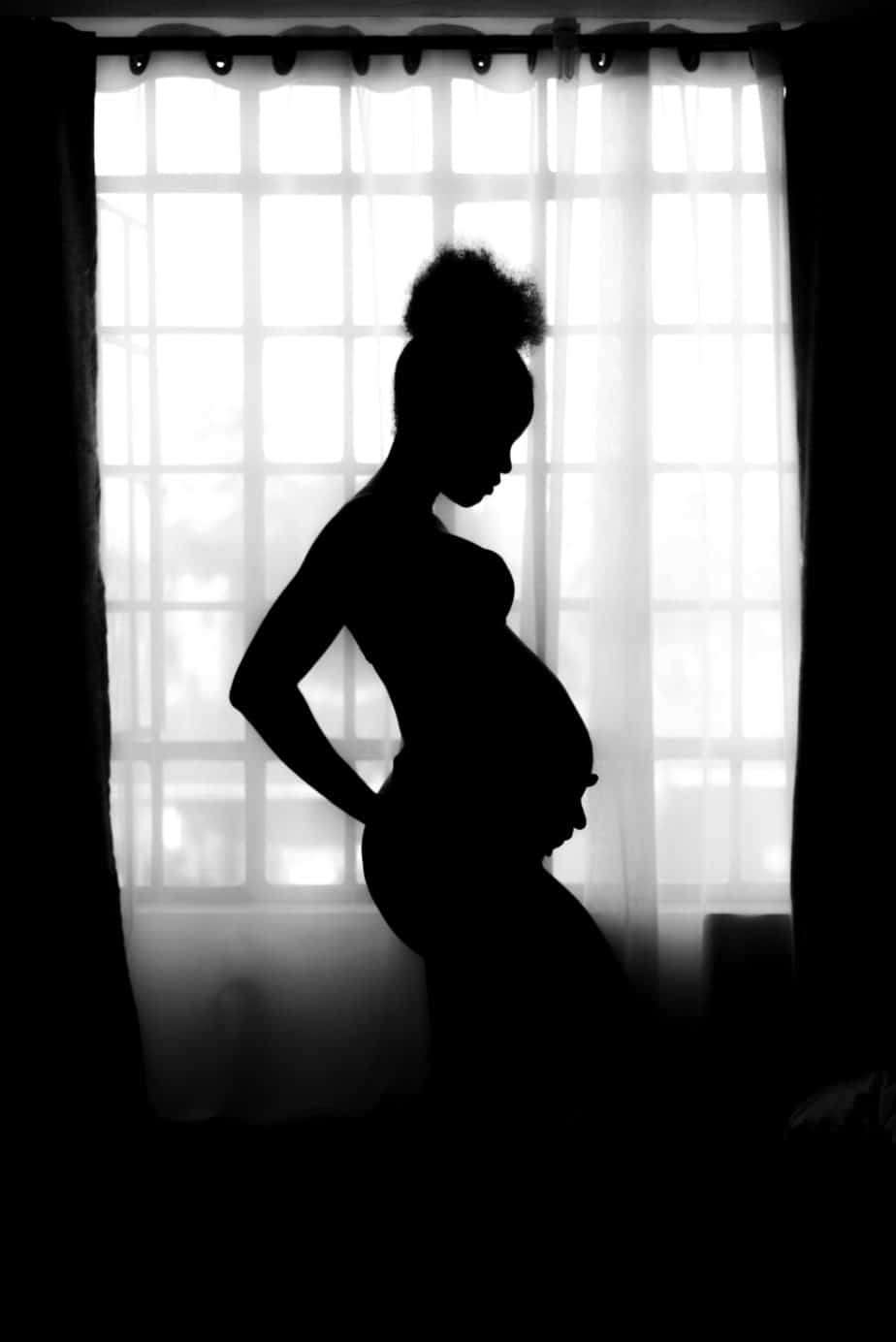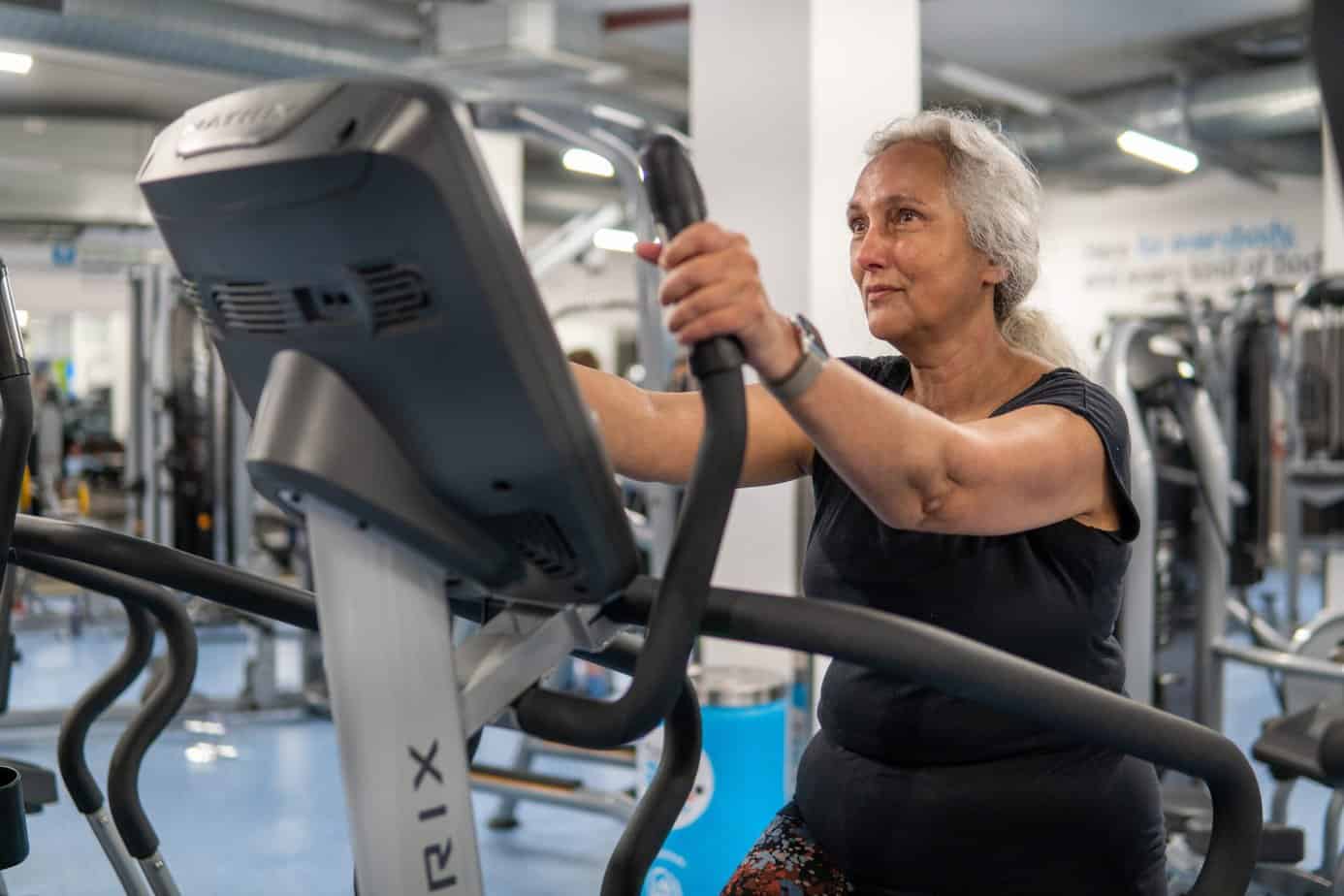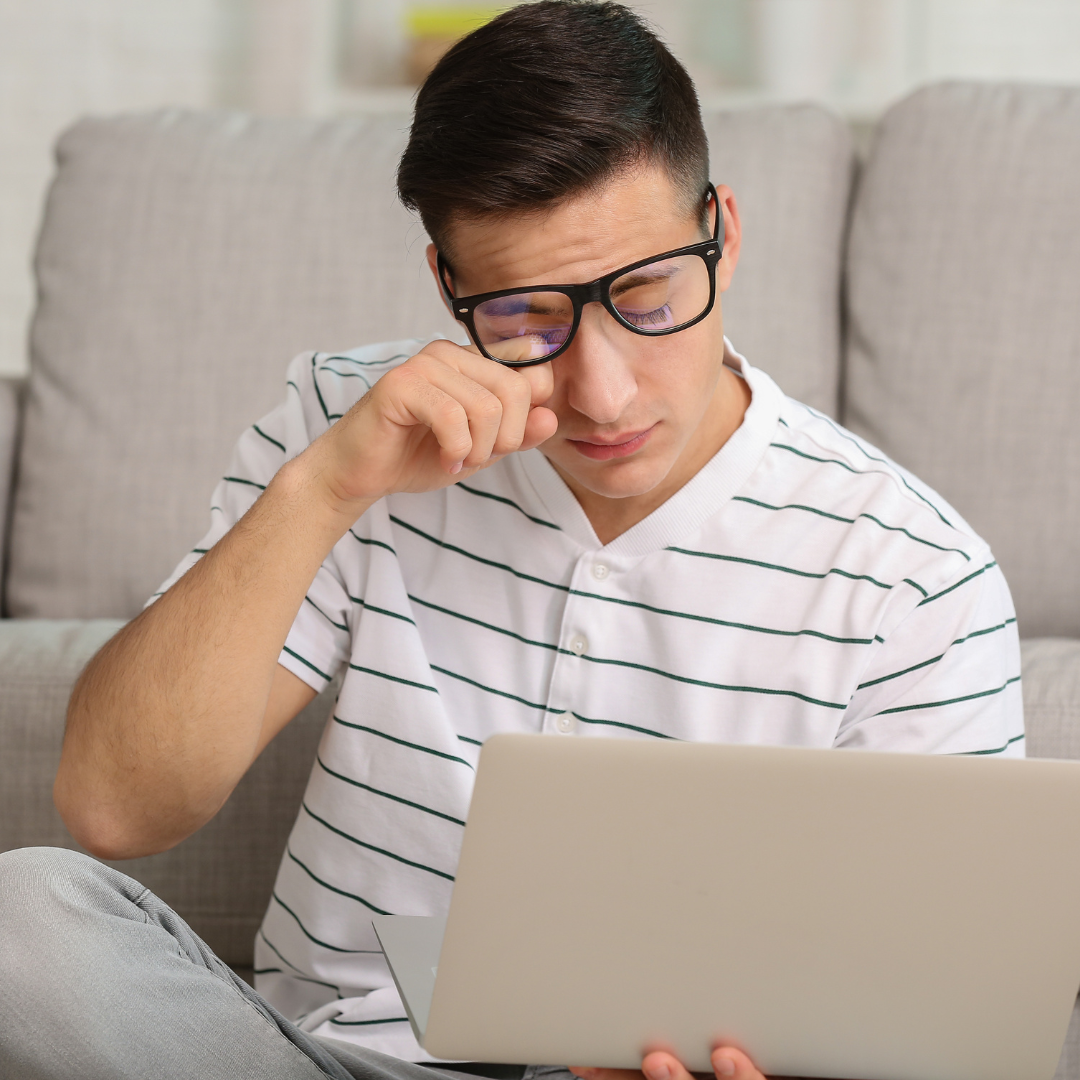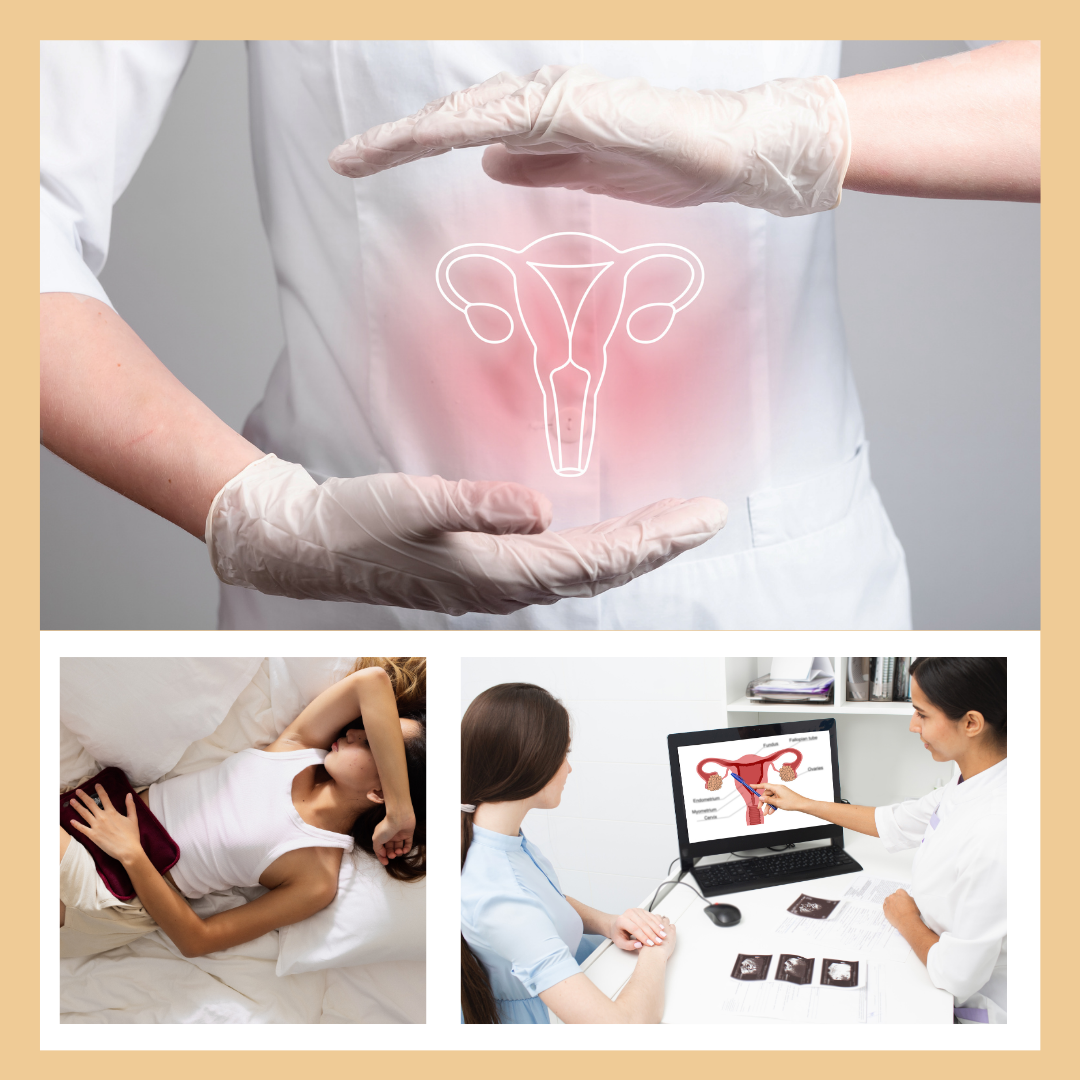How to Perform a Breast Self Examination
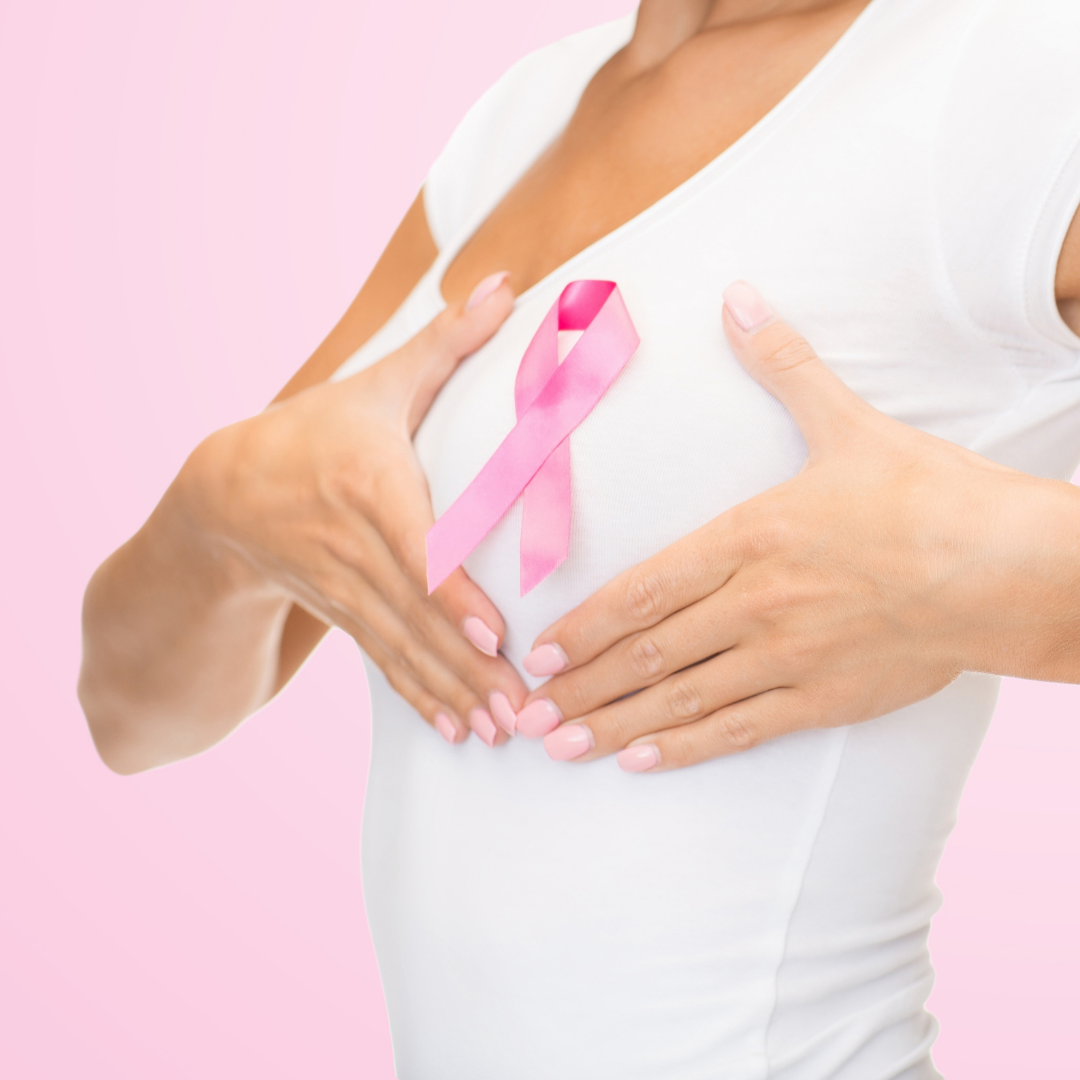
Breast cancer affects 1 in 8 women in the US. Early detection is key and can help improve your outcome if detected and treated during early stages. Breast self examination (BSE) is a convenient no-cost tool which can help you become more familiar with how your breasts look and feel. In this blog we are going to go over you how you can perform a breast self-examination; you don’t have to be an expert; you just need to get to know your breasts and what your ‘normal’ is. Please take note that BSE alone should not be used as a cancer screening tool, please follow the advice of your healthcare provider for routine mammography and imaging.
Step 1
Begin by standing in front of a mirror with breasts exposed. Place your hands on your hips.
Visually inspect your breasts for the following:
- Changes in size, shape or symmetry
- Dimpling, puckering or bulging of the skin
- A nipple that has changed position or an inverted nipple (pushing inward instead of sticking out)
- Redness, soreness, rash or swelling
Step 2
Repeat this process again with arms raised overhead and facing a mirror.
Step 3
Perform a physical breast exam while lying down with one arm raised overhead. Begin by using the pads of your fingers (not the tips!) to inspect each breast. Use your right hand to feel your left breast, and then your left hand to feel your right breast. Gently press down with your fingers being sure to keep the fingers flat and together, move them in a small circular motion starting at the nipple. Cover the entire breast from top to bottom and side to side – try to cover the area form collarbone to top of abdomen and from armpit to cleavage. Lastly, gently squeeze the nipple to check for any discharge. You can also move your fingers up and down vertically or in rows, some people find this easier than the circle method.
Be sure to use varying pressures throughout all aspects of the breast. Use all 3 levels of pressure on each spot before moving on to the next:
- Use light pressure for the skin and tissue closest to the skin
- Use medium pressure for the tissue in the middle of your breasts
- Use firm pressure for the deeper tissue closer to the ribcage
If you’re not sure how to hard to press, talk to your doctor to learn more.
Step 4
Next, continue the physical breast exam by using an up-and down-pattern with your hands. This is sometimes called the vertical pattern. Begin by lying on your back with one arm raised overhead. Start by examining your left breast with your right hand starting in your armpit and moving your fingers downward slowly until they reach the bottom of your ribcage. Then, move your fingers over slightly towards the midline and move back up to the collarbone slowly. Repeat this process moving up-and-down until you have assessed the entire breast. You can stop once you reach the middle of your chest or sternum.
Step 5
Perform a physical breast exam in standing, many people find this helpful to do in the shower when the skin is wet and slippery. Repeat the same process as step 3 to examine the entire breast.
What to do if you Suspect a Lump
If you find a lump or abnormality while performing your breast self examination, don’t panic! There are numerous possible causes for non-cancerous breast lumps, including normal hormonal changes, a benign breast condition or a previous injury. Please contact your doctor to have your breasts professionally examined if you suspect a lump or abnormality.


